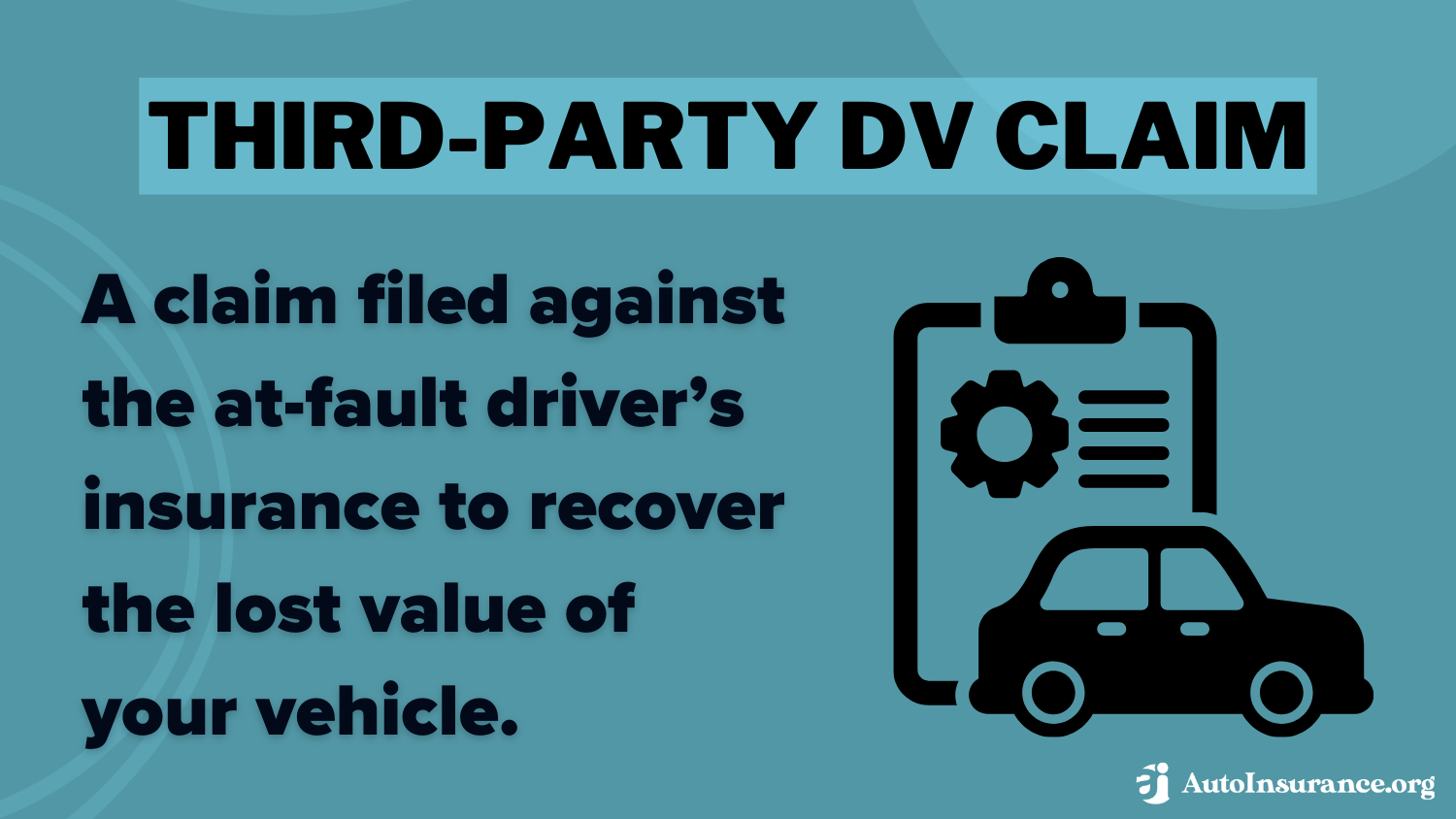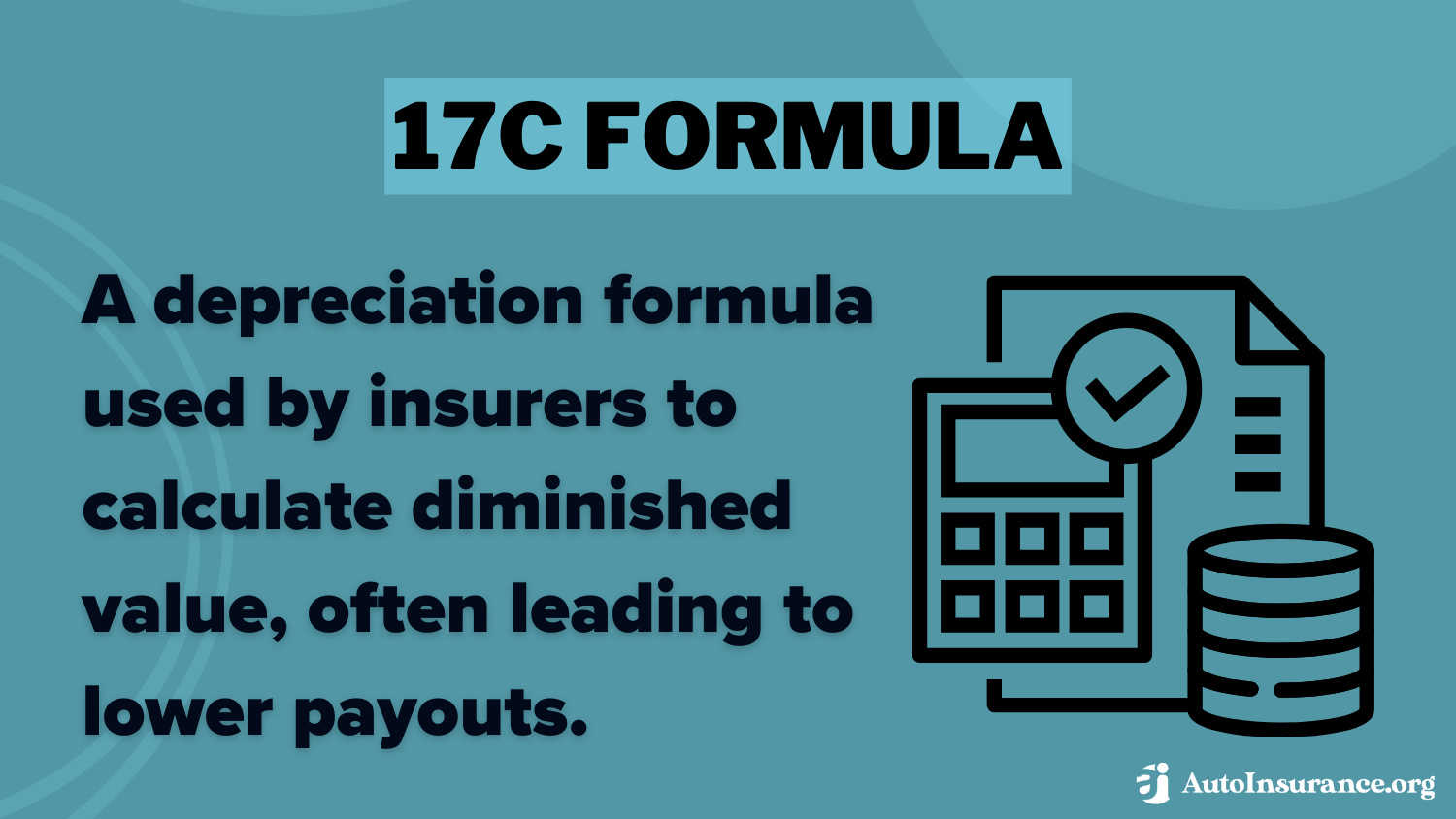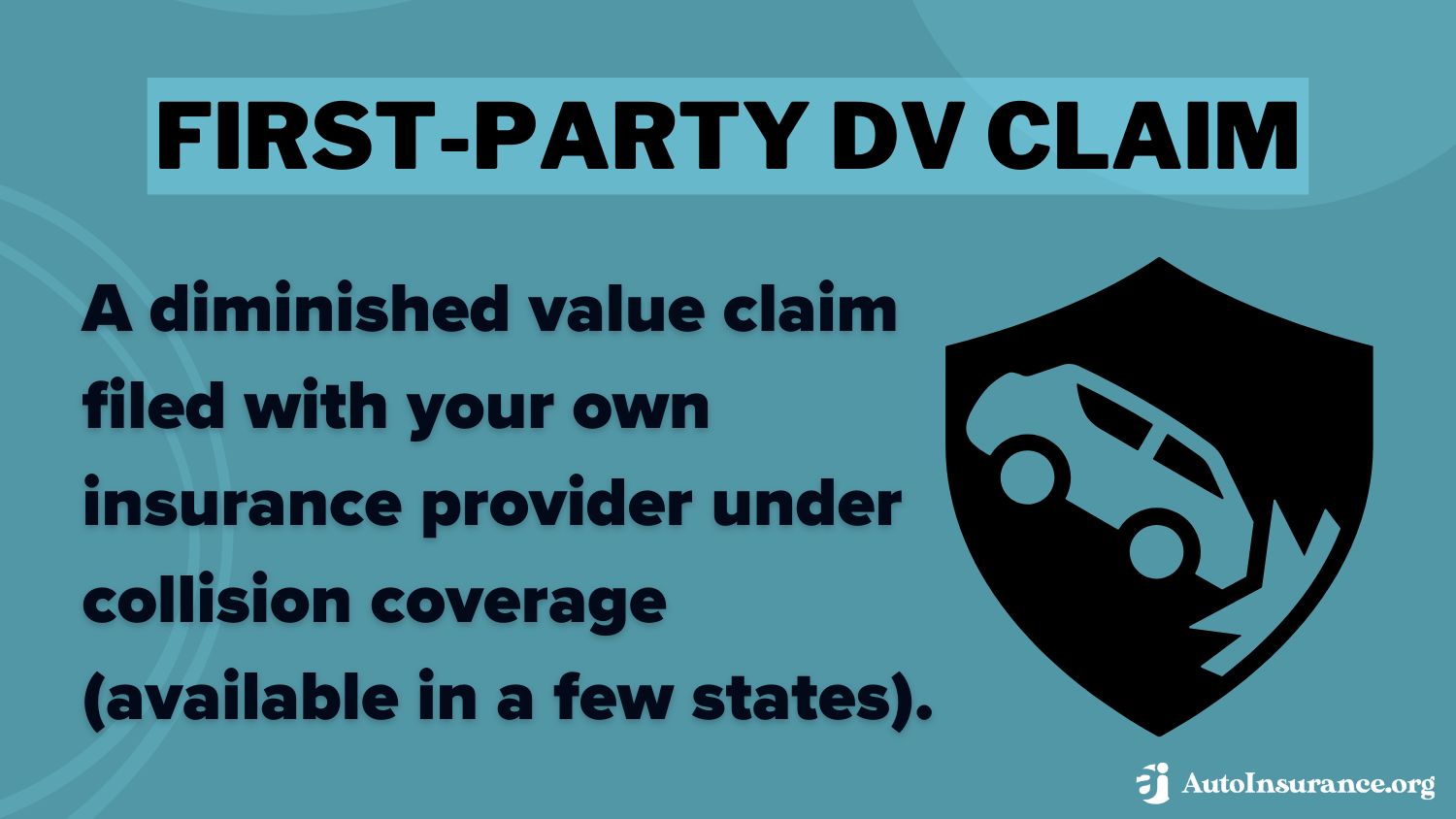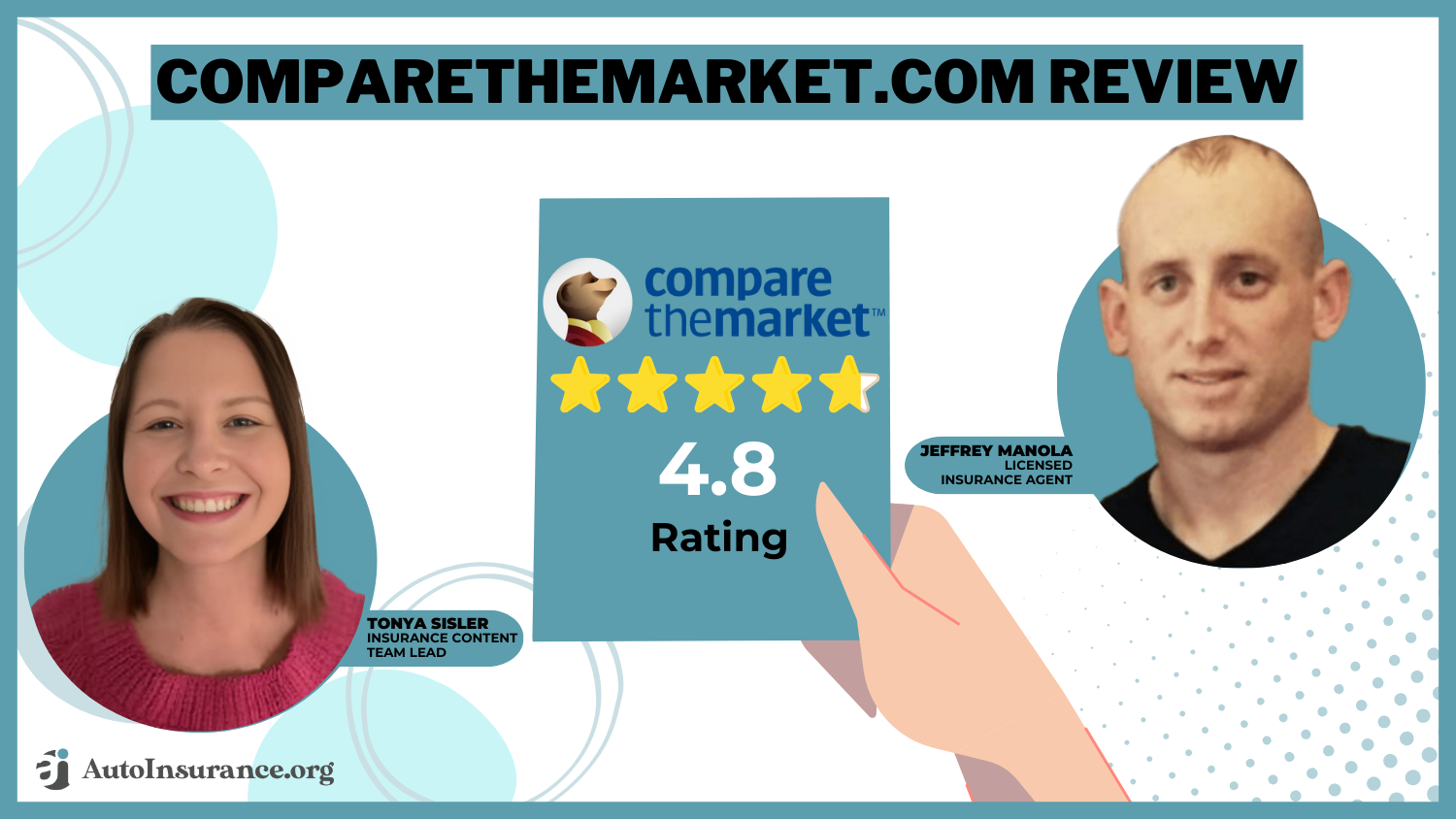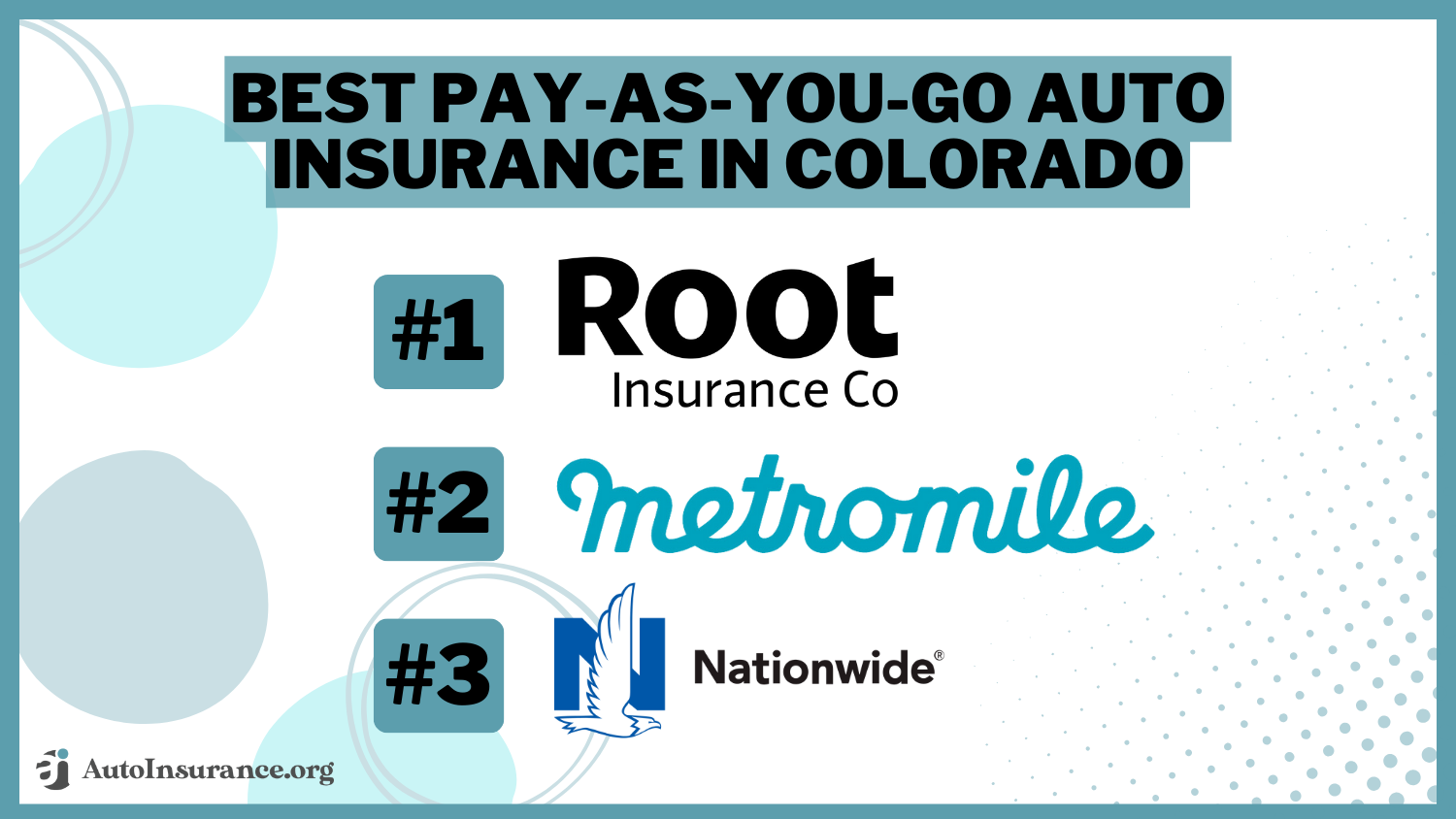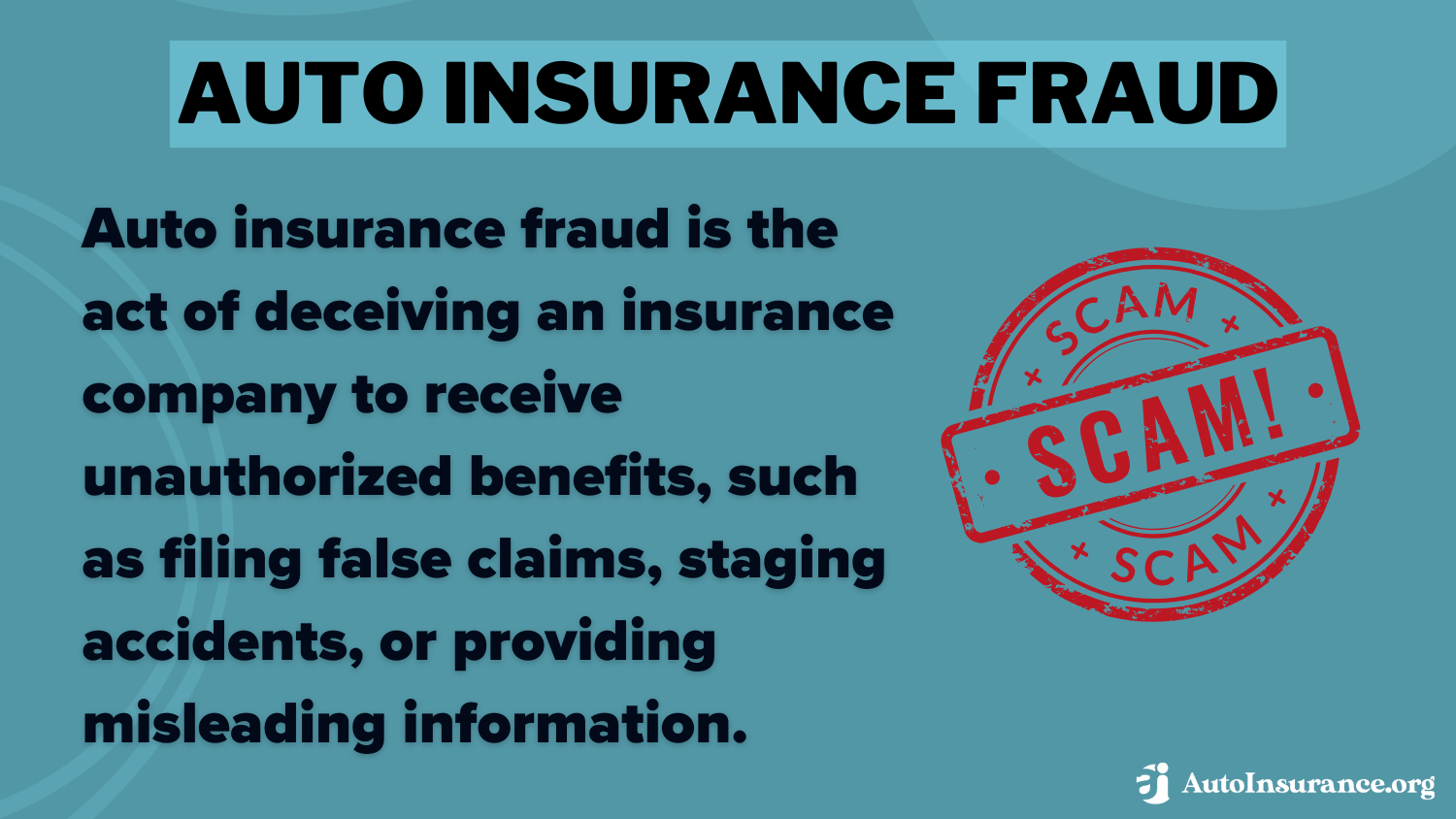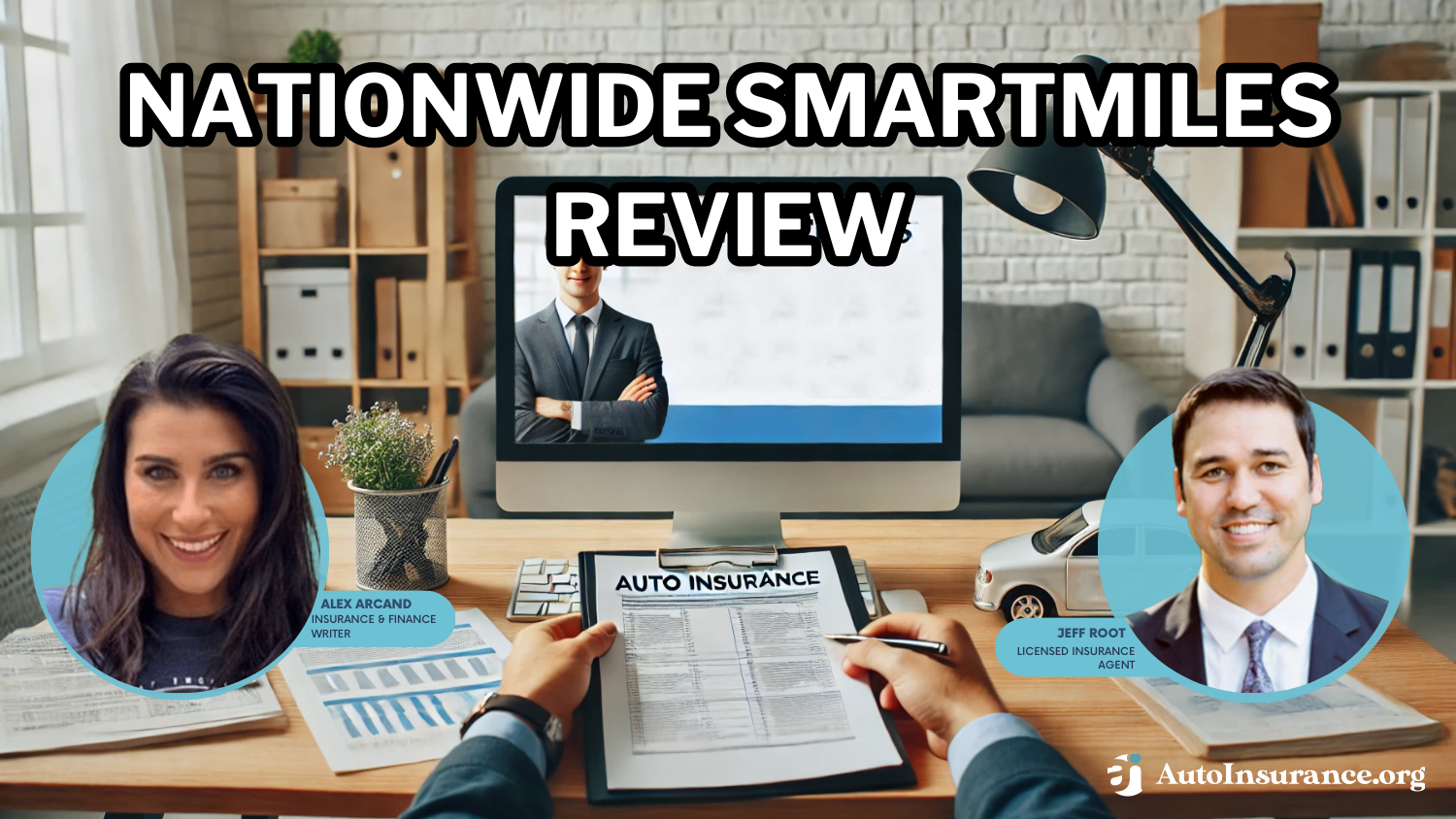Diminished Value Claim in 2025 (How to File & Win!)
A diminished value claim recovers a car’s lost market value after an accident, even if repaired. Many insurers use the 17c formula for lower payouts, and payouts range from 10% to 25% of the car’s pre-accident value. Some states allow first-party claims, while most only permit third-party claims.
Read more Secured with SHA-256 Encryption




Table of Contents
Table of Contents


Managing Editor
Laura Kuhl holds a Master’s Degree in Professional Writing from the University of North Carolina at Wilmington. Her career began in healthcare and wellness, creating lifestyle content for doctors, dentists, and other healthcare and holistic professionals. She curated news articles and insider interviews with investors and small business owners, leading to conversations with key players in the le...
Laura Kuhl


Licensed Insurance Adjuster
Theodore (Ted) Patestos is a seasoned innovator and policyholder advocate in the public adjusting industry. With a career dedicated to turning data into actionable insights, Ted has championed tools and strategies that improve transparency, efficiency, and outcomes for both consumers and adjusters. He developed Claim Machine, a platform that uses weather data to help public adjusters, contractors,...
Ted Patestos
Updated July 2025
A diminished value claim helps you recover the loss in your vehicle’s market value after an accident, even after repairs. Policyholders must understand their rights since insurance companies often fail to inform them about this option.
Three types of diminished value exist: immediate, inherent, and repair-related. Your claim’s success depends on state laws, insurer policies, and how well you prove the loss. Some states allow first-party claims if you have collision coverage, while third-party claims depend on the at-fault driver’s insurance.
To strengthen your case, you may need a professional appraisal or legal guidance. Insurers often challenge these claims, so knowing the process improves your chances of compensation.
- A diminished value claim recovers a car’s lost value after an accident
- Most states allow third-party claims, while few permit first-party claims
- Insurers often undervalue claims using the 17c formula, lowering payouts
Understanding your eligibility and legal options ensures you don’t leave money on the table. Enter your ZIP code for more information on filing a diminished value claim in your state.
Understanding What a Diminished Value Claim Means
A diminished value (DV) claim lets vehicle owners seek compensation for a car’s loss in market value after an accident, even if they’ve fully repaired it. However, not everyone can file a diminished value claim—it depends on state laws, insurance policies, and who was at fault.
Third-party claims against the driver in an at-fault accident are the most common.
Some policies cover first-party DV claims under collision insurance, but many exclude it. Some states allow first-party DV claims (e.g., Georgia, North Carolina, Kansas).
Stronger claims for newer, low-mileage, or well-maintained cars are more likely to be successful, as are DV claims on leased or financed vehicles.
Read More: How Insurance Companies Determine a Vehicle’s Value
Types of Diminished Value Explained
After an accident, your car can lose value—even if you repair it completely. Buyers see the accident history and often walk away or offer less. That drop in value is called diminished value. If the accident wasn’t your fault, you may be able to get compensated. Here are the three types of diminished value that could apply to your situation.
- Immediate Diminished Value: This represents the drop in market value immediately after the accident but before repairs. It’s rarely claimed, as insurance companies focus on post-repair valuation, but is used in legal cases where an accident prevents a vehicle from being sold at its pre-accident price.
- Inherent Diminished Value: This is the most common form of diminished value in insurance claims — when a repaired vehicle is still worth less than a similar car with no accident history. Even with perfect repairs, buyers and dealers perceive the car as less valuable due to its accident history.
- Repair-Related Diminished Value: This happens when improper repairs from poor workmanship, use of aftermarket parts, paint mismatches, or structural weaknesses further reduce the vehicle’s value beyond the accident’s impact. It’s more difficult to prove, but you may seek compensation if repairs were substandard.
Even high-quality repairs using original parts cannot restore the vehicle’s pre-accident value. Because of this, insurance companies may be responsible for paying the difference in value through a diminished value claim.
Diminished value claims vary by state auto insurance laws, insurance company policies, and fault determination. Some states allow first-party claims under collision coverage, while others limit compensation to third-party claims against an at-fault driver’s insurer. Understanding these three types helps you determine the best approach when filing a diminished value claim and negotiating with insurance companies.
State Laws on Diminished Value Claims
Diminished value claims arise when a vehicle’s market value decreases after an accident, even after repairs are made. Understanding the specific laws in your state is crucial for ensuring you receive fair compensation. This guide outlines how state laws address diminished value claims and what steps you can take to pursue them effectively.
State Laws on Diminished Value Claims
| State | Allowed | Type | Statute of Limitations |
|---|---|---|---|
| California | Yes | Third-Party | 3 Years |
| Texas | Yes | Third-Party | 2 Years |
| Florida | Yes | Third-Party | 4 Years |
| Georgia | Yes | First & Third-Party | 4 Years |
| New York | No | N/A | N/A |
Only a few states, including Georgia, North Carolina, and Kansas, require insurers to cover first-party DV claims under a policyholder’s own insurance. In most states, insurers exclude diminished value from collision vs. comprehensive coverage, so you’ll need to file a third-party claim.
Each state also has a statute of limitations for filing a DV claim. The diminished value claim time limit typically ranges from two to six years from the accident date. Missing this deadline may result in a denied claim. Check your state’s insurance laws to confirm your rights and filing deadlines before pursuing a diminished value claim.
Free Insurance Comparison
Compare Quotes From Top Companies and Save
Secured with SHA-256 Encryption
How to File a Diminished Value Claim
Filing a diminished value claim requires you to prove your car’s resale value dropped after an accident, even after repairs. Insurers are often reluctant to settle DV claims, by presenting strong evidence and following the necessary steps, you can boost your chances of receiving compensation.
Step #1: Check Your State Eligibility
First, confirm if you’re legally allowed to file a diminished value claim. Some states allow first-party claims through your own insurer, while most only recognize third-party claims against the at-fault driver’s insurer. Your ability to file depends on both your state laws and the terms of your policy, so it’s important to read the fine print or contact your provider for clarification.
Read More: Why does auto insurance vary from state to state?
Step #2: Gather Documentation
Gather all necessary documents to back your claim, including:
- A police report that outlines the details of the accident
- Repair invoices specifying the parts replaced and the scope of the damage
For more information, refer to our guide: Can I file an insurance claim without a police report?
Step #3: Obtain a Professional Appraisal
Ensure you hire a certified auto appraiser to evaluate your vehicle’s diminished value by comparing its condition before and after repairs to similar, accident-free vehicles.
Read More: How long does an accident stay on your record?
Step #4: Submit & Negotiate Your Claim
When drafting a formal demand letter to your insurer for diminished value compensation, ensure you include:
- Appraisal Report: A certified evaluation of your vehicle’s loss in value after the accident.
- Supporting Documentation: Police report and repair records confirming the damage and repairs.
- Specific Compensation Amount: The exact dollar amount you’re requesting, based on your appraisal and evidence.
Upon submission, anticipate that the insurance company will review your claim and may respond with a lower offer or potentially deny the claim. If they decline to provide fair compensation, consider consulting with a legal professional who specializes in diminished value claims to assist in negotiations or to escalate the matter appropriately.
Need help pushing back? Read our guide: How to Dispute an Auto Insurance Claim.
Before filing, know that not all vehicles qualify. Older cars, those with previous damage, or vehicles repaired with aftermarket parts may undergo closer scrutiny. Ensure the car’s age, condition before the accident, and the quality of repairs back up your case.
I Successfully Claimed Diminished Value on My Car, Here’s How I Did It.
byu/Material_Tea_6173 inInsurance
Get a professional diminished value appraisal to strengthen your claim with an unbiased assessment of your car’s post-accident value loss.
Read More: Where can I compare online auto insurance companies?
How Insurance Companies Handle Diminished Value Claims
How do insurance companies value totaled cars? Insurance companies often downplay or deny diminished value claims to minimize payouts. Adjusters may use flawed formulas (like 17c) to undervalue your claim.
Here’s an example of how diminished value is calculated using the 17c formula.
Diminished Value Claim Example With 17c Formula Calculation
| Factor | Value |
|---|---|
| Pre-Accident Value | $20,000 |
| Base Loss of Value (10%) | $2,000 |
| Damage Multiplier (Moderate Damage = 0.50) | $1,000 |
| Mileage Multiplier (60,000 miles = 0.60) | $600 |
| Total Diminished Value | $600 |
Market-based appraisals often show higher losses, so hiring a diminished value expert can help you negotiate a better settlement by providing a more accurate and credible evaluation of your vehicle’s loss in value.
Read More: How to File an Auto Insurance Claim
Proving Diminished Value
When filing a diminished value claim, having solid evidence is essential, as insurance companies often dispute these claims. To increase your chances of securing fair compensation, gather and present detailed documentation such as accident and repair records, vehicle history reports, pre- and post-accident valuations, professional appraisals, and comparable sales data.
Insurers use the 17c formula to undervalue claims, but a professional appraisal can reveal higher real losses and secure fair compensation.Schimri Yoyo Licensed Agent & Financial Advisor
Insurance companies often try to minimize payouts, but with solid evidence, you can challenge undervalued offers and negotiate for a better settlement.
Understanding how diminished value works helps vehicle owners maximize their chances of receiving fair compensation. If you believe your insurer is acting unfairly, learn how to file a complaint against an auto insurance company.
Steps to Take If Your Diminished Value Claim is Denied
The amount you can recover from a diminished value claim is influenced by several factors, such as the severity of the accident, the quality of the repairs, your vehicle’s age and mileage, and any state laws or policy limits that may affect your ability to file a claim.
If your diminished value (DV) claim is denied, don’t accept the decision without challenging it. Insurers often reject claims to minimize payouts. Wondering how to dispute an auto insurance claim? You have options to fight back.
- Request a Written Explanation: Ask the insurer for a detailed reason for denial.
- Challenge the 17c Formula: Many insurers use this formula, but it often undervalues claims. Provide alternative calculations and strengthen your case with an independent appraisal or market value comparisons.
- File a Complaint with Your State’s Insurance Department: Some states require insurers to handle claims fairly.
If negotiations fail, consult a diminished value attorney to explore legal action or a small claims court case. Persistence is key — many denied claims are reversed or settled when properly challenged.
Maximizing your payout requires understanding the types of diminished value, state laws, and the claims process. Most states allow third-party DV claims, but only a few permit first-party claims, so check local regulations.
Insurers often lowball diminished value claims, so use independent appraisals and market data to push for fair compensation.Michael Vereecke Commercial Lines Coverage Specialist
Filing a diminished value claim can help recover the financial loss your vehicle suffers after an accident, even if repairs restore its appearance. Insurance companies often minimize or deny these claims, using formulas like 17c to undervalue losses. If your claim is denied, you have the right to appeal, escalate the dispute, or seek legal assistance.
Before filing, confirm your eligibility and state-specific rules. Enter your ZIP code for more information on how to pursue a diminished value claim in your area.

Frequently Asked Questions
What is diminished value?
Diminished value refers to the loss in a vehicle’s market value after an accident, even if it has been fully repaired. Buyers and dealerships typically pay less for vehicles with an accident history, which is why owners may file a diminished value claim to recover this financial loss.
How do you calculate diminished value?
Diminished value can be calculated using different methods, but many insurance companies use the 17c formula or a totaled car value calculator. A more accurate approach is obtaining a professional appraisal or comparing similar vehicles in the market.
What is an example of diminished value?
A common diminished value example is a car worth $30,000 before an accident but is valued at only $26,000 after repairs. The diminished value is $4,000. This difference reflects the reduced resale value due to its accident history.
Why is it called diminished value?
The term “diminished value” is used because the vehicle’s worth has decreased compared to its pre-accident market value. Even after repairs, the car is considered less valuable to buyers.
How long should a claim take to settle?
What is the maximum time in which the insurer should settle a claim? Most diminished value claims take 30 to 90 days to settle, depending on the insurer’s response time, evidence provided, and negotiation process.
What is the 17c formula?
The 17c formula is an insurance depreciation formula used to calculate diminished value. It applies a base loss percentage (10%) to the vehicle’s pre-accident value, then adjusts for damage severity and mileage—often leading to undervalued payouts.
Can you claim diminished value on a leased car?
Diminished value claims on leased vehicles are complicated because the leasing company owns the car. However, if the lease agreement holds you responsible for depreciation, you may be able to seek compensation.
What happens if you get insurance after an accident?
Insurance typically won’t cover accidents that occurred before the policy was purchased. Auto insurance only applies to future incidents, not past damages.
What is the insurance law on diminished value in Texas?
Texas allows third-party diminished value claims, meaning you can file against the at-fault driver’s insurance. However, first-party claims (against your own insurer) are generally not covered unless specified in the policy. The Texas minimum auto insurance requirements can impact your ability to recover losses.
What is an example of diminution in value?
A homeowner purchases a property for $500,000, but poor neighborhood conditions reduce its value to $450,000 over time. This $50,000 loss represents a diminution in value.
What decreases property value the most?
How do you compute diminished value?
What is the rule of diminishing value?
How is fault determined in a car accident?
Get a FREE Quote in Minutes
Insurance rates change constantly — we help you stay ahead by making it easy to compare top options and save.


